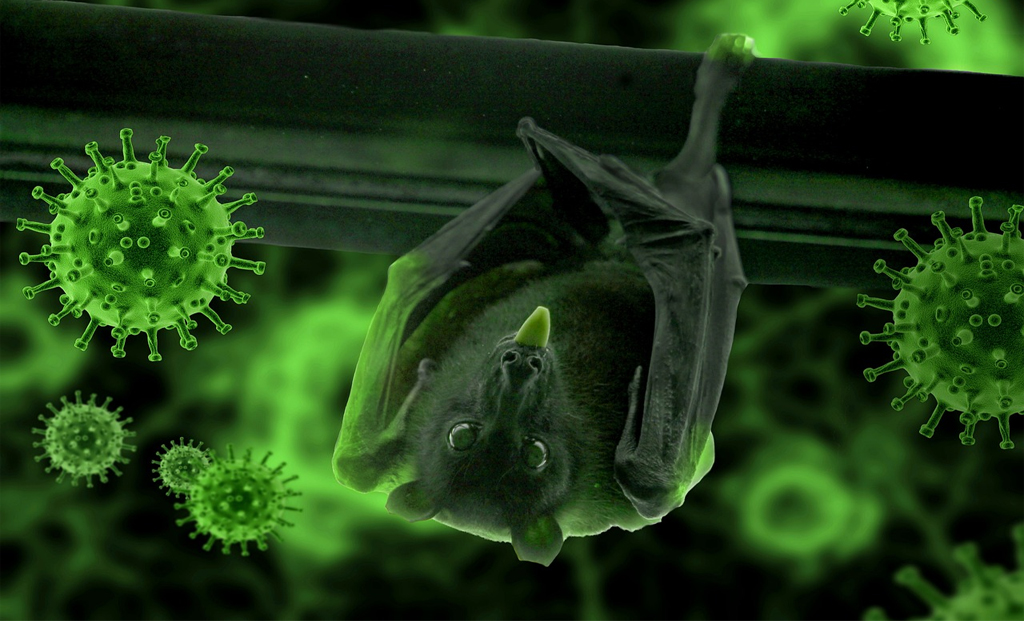By – Dr. P Venkata Krishnan, Sr. Consultant, Internal Medicine, Artemis Hospital Gurgaon
Nipah virus (NiV) is a kind of zoonotic virus meaning that it can be transmitted from animals to humans and sometimes, even from person to person. Common symptoms of this virus include fever, headache, dizziness, vomiting, muscle pain, and acute respiratory distress. In severe cases, it can progress to encephalitis (inflammation of the brain), causing confusion, seizures, and coma.
This virus was first discovered in 1998 during an outbreak in Malaysia and Singapore, that primarily affecting pigs and pig farmers. Fruit bats specifically from the Pteropodidae family, are believed to be the carriers of this virus. These bats can carry the virus without exhibiting any symptoms and excrete the virus in their urine, saliva, and feces. Human infections generally occur when people come into contact with contaminated materials, like bat excrement or partially eaten fruit left by bats.
Here’s how this virus spreads from animals to humans:
Consumption of Contaminated Fruits: People are likely to become infected when they eat fruits that have been bitten or contaminated by bats carrying the virus. Fruit orchards near bat habitats are particularly susceptible.
Direct Contact with Infected Bats: Handling, consuming, or coming into close contact with infected bats or their bodily fluids can lead to transmission. This is a major risk factor for individuals who are involved in bat-related activities like researchers studying bats.
Human-to-human transmission of this virus is also a possibility. Although it is not very common, but the Nipah virus can also spread directly from person to person. Close contact with an infected individual’s respiratory secretions, saliva, or other bodily fluids can lead to transmission.
Covid-19: Cell Therapy Can Cut Death Risk By 60%, Says Study | ALSO READ
Human-to-human transmission of the Nipah virus is an important concern. This type of transmit particularly happens during outbreaks. The virus can spread through respiratory droplets when an infected person coughs or sneezes, or through close personal contact like caring for an infected family member without proper protective measures. Healthcare workers are at a heightened risk when caring for infected patients.
Preventive measures, research, and early detection efforts are vital in controlling this deadly virus. Avoiding bat-contaminated foods, isolation and infection control, vaccination and research and surveillance and early detection are some of the measures that can help in prevention and control of this virus.

